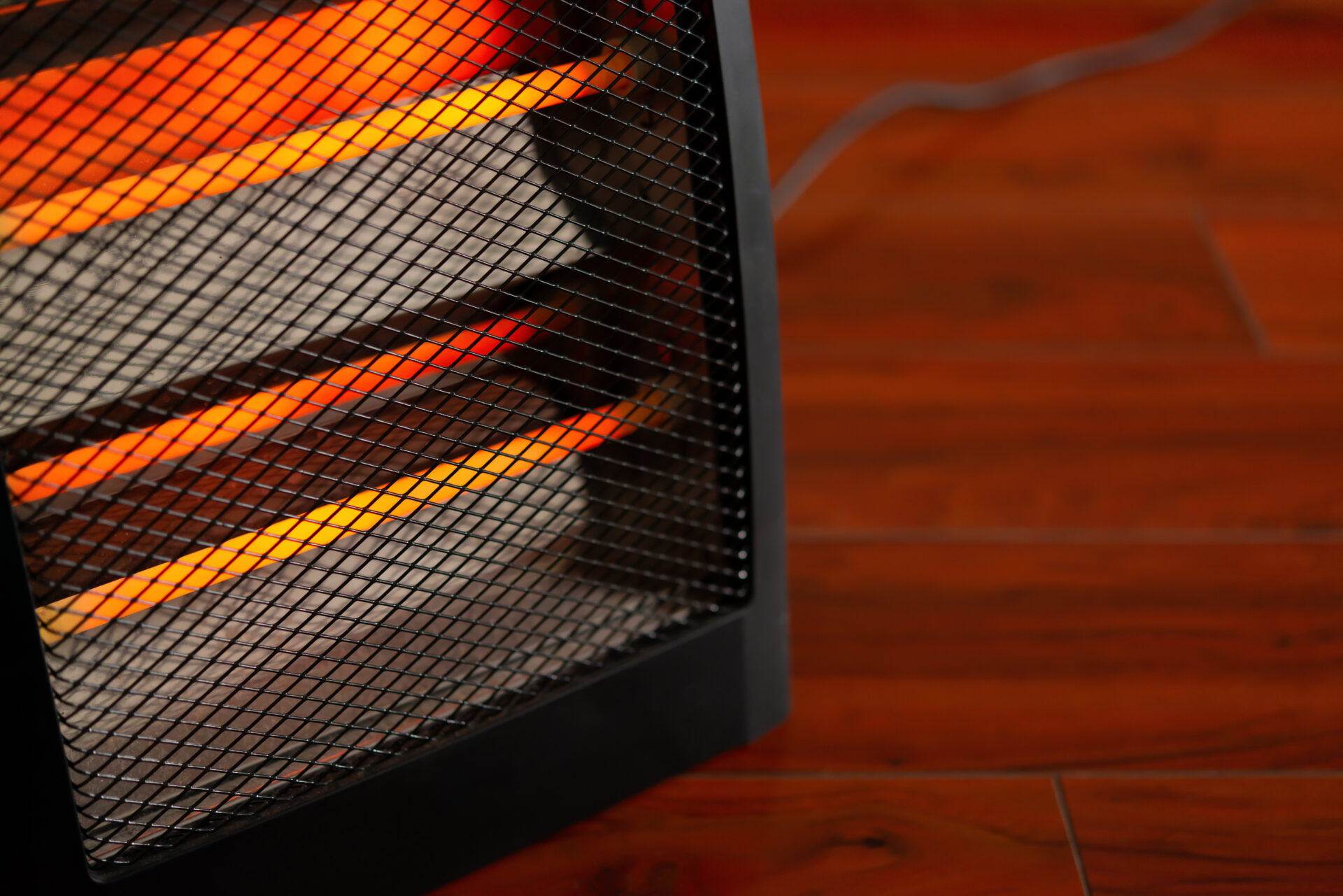With colder days around the corner, West Virginians can apply for assistance to help cover home heating costs.
The Low Income Energy Assistance Program (LIEAP) assists eligible, low-income households with the cost of home heating through direct cash payments or payments to utility companies on their behalf. Applications are being accepted through Wednesday, November 27.
To apply for LIEAP, residents can pick up applications at their local office of the West Virginia Department of Human Services (DoHS), participating community action agencies, or senior centers operated by an Area Agency on Aging. For convenience, applications are also available online at wvpath.wv.gov.
Kent Nowviskie, deputy commissioner for programs and policy at the West Virginia Bureau for Family Assistance, said the program receives applicants from all across the state.
“A lot of people in our state struggle with the cost of heating their homes, particularly vulnerable populations; the elderly, disabled may struggle to stay warm during these colder winter months,” he said.
Nowviskie said the program helps 45,000 to 50,000 households in an average year, a number that has held relatively steady save for an uptick in 2022.
“Federal fiscal year 2022 was a bit of an outlier. We served 59,000 households,” Nowviskie said. “That was a bit more than usual, although we also had additional funding, with pandemic funding at that time to keep the program open a little longer, so that may have contributed as well.”
LIEAP is federally funded and administered in West Virginia by the Bureau for Family Assistance, a division of DoHS. Nowviskie said the federal allocation is determined using a formula that takes into account state populations, as well as climatic conditions in each state.
“So a state like Maine may get a higher proportionate share of the funding than a state like Florida, where heating costs are obviously going to be lower,” he said.
At the state level, Nowviskie said the amount awarded by the federal government is considered against other factors to determine benefit amounts based at 60% of the state median income and household size.
“We consider the amount that we are awarded, the number of households we anticipate being able to serve with that funding, as well as looking at the average cost of utility bills across the state to try to come up with a household benefit amount that will allow us to serve the greatest number of people in still a meaningful way to truly assist them with their household heating costs,” Nowviskie said.
